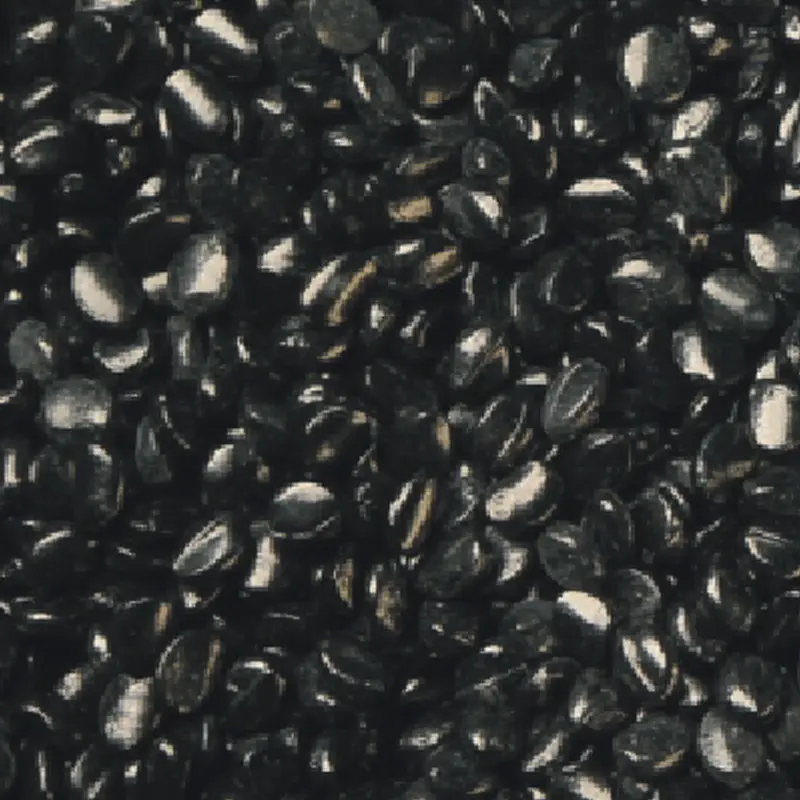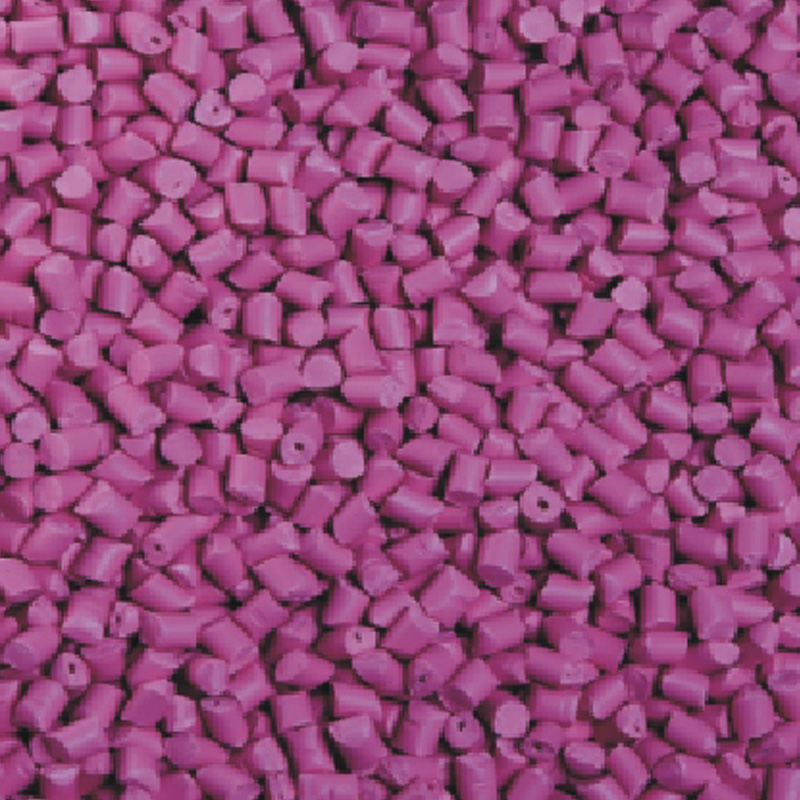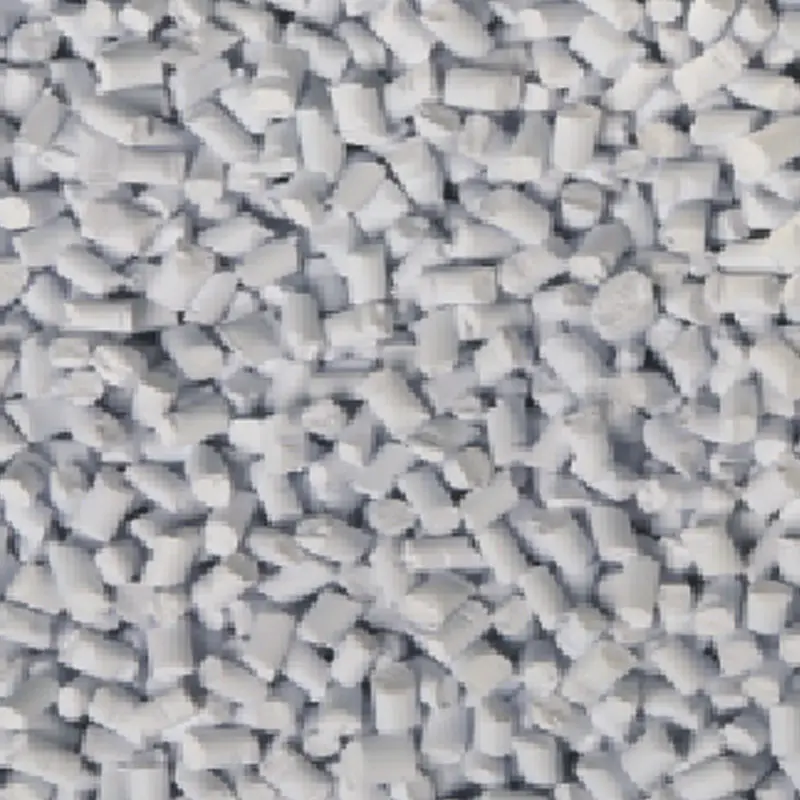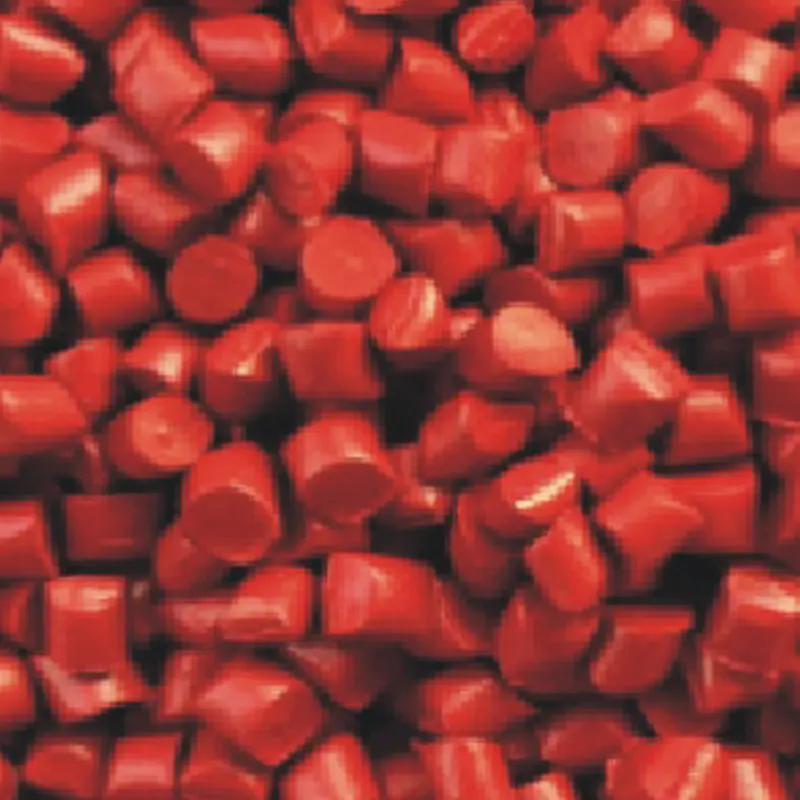China carbon black pigment Exporter

Carbon black pigment plays a crucial role in a wide range of industries, including rubber, plastics, coatings, and inks. This finely ground material, derived from the incomplete combustion of hydrocarbons, is known for its unique properties such as its deep black color, durability, and ability to improve the performance of materials. The versatility of carbon black pigment makes it an essential component in many formulations, providing various benefits depending on the specific industry and application.
In the rubber industry, carbon black pigment is widely used to reinforce and enhance the performance of rubber products. It is added to tire compounds, seals, and other rubber products to improve strength, durability, and wear resistance. The pigment also helps to protect the rubber from UV degradation, ensuring longevity and improved performance in outdoor conditions. Additionally, the amount and type of carbon black pigment used in rubber formulations directly influence the physical properties of the rubber, such as its tensile strength and tear resistance. As a result, manufacturers require carbon black pigment with specific particle sizes and surface areas to meet the performance demands of different rubber applications.
When it comes to the plastics industry, carbon black pigment is used primarily for coloring and UV protection. Carbon black provides a deep, rich black color to plastics used in products like automotive parts, containers, and consumer goods. Beyond aesthetics, carbon black pigment also acts as a stabilizer, protecting plastic materials from UV degradation and prolonging their service life. The pigment's ability to absorb UV light is particularly important for outdoor plastic products, as it helps to maintain their mechanical properties and appearance over time. In plastic applications, the dispersion and concentration of carbon black pigment are key factors in achieving consistent color and performance.
In the coatings industry, carbon black pigment is primarily used in paints, inks, and coatings to provide color, opacity, and durability. Carbon black is often used in architectural and automotive coatings, where its rich black color enhances the visual appeal of the finished product. The pigment also improves the abrasion resistance of coatings, making them more durable and resistant to wear. In industrial coatings, the inclusion of carbon black pigment can offer enhanced protection against corrosion, UV rays, and environmental factors. Coatings used in harsh environments, such as those found in the construction and automotive industries, often require carbon black pigment with high dispersion properties to ensure even coverage and lasting performance.
Similarly, carbon black pigment plays a vital role in the production of inks, where it is used to provide a deep, consistent black color for printing. The pigment’s fine particle size ensures smooth and uniform application in ink formulations, while its high tinting strength allows for vibrant and bold printed images. Carbon black pigment is commonly used in both flexographic and gravure printing inks, which are employed in packaging, labels, and newspapers. The quality of the pigment is critical for achieving high-quality print results, as it affects the ink's stability, color intensity, and drying speed. In this context, carbon black pigment with specific characteristics, such as fine dispersion and great rheological properties, is required for ideal performance.
Different industries have distinct requirements for carbon black pigment, which can vary based on factors such as particle size, surface area, and dispersion characteristics. In rubber, for instance, the strength and durability of the final product are highly influenced by the type and amount of carbon black pigment used. In plastics, UV protection and color consistency are top priorities, while in coatings and inks, the focus is on achieving high-quality finishes and resistance to environmental wear. Regardless of the industry, however, carbon black pigment remains a key ingredient in achieving the desired performance, appearance, and durability of products.
The wide range of applications and requirements across various industries highlights the adaptability and importance of carbon black pigment in modern manufacturing. Whether it’s enhancing the strength of rubber products, protecting plastics from UV degradation, improving the appearance and performance of coatings, or ensuring vibrant, long-lasting inks, carbon black pigment serves as an essential material. As industries continue to evolve and demand higher performance, the role of carbon black pigment will only become more integral to the success of these sectors, making it a versatile and indispensable component in the development of advanced materials.

 English
English Español
Español русский
русский








